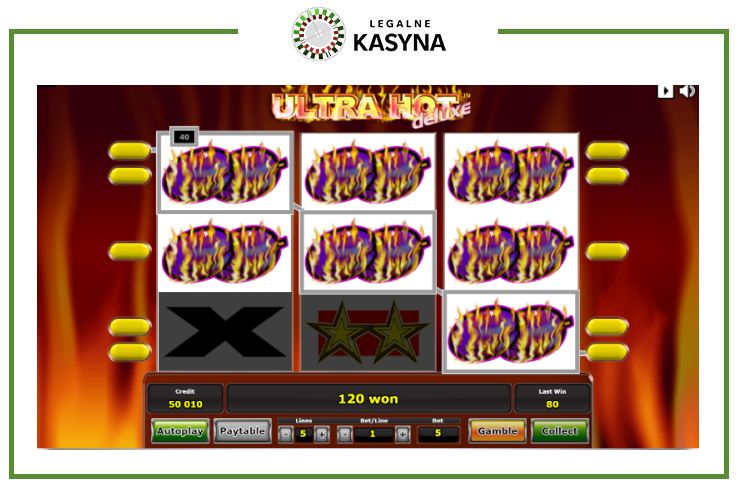そのため、オンラインカジノでリアルマネーを賭けることは、資金の安全性を心配することなく、ギャンブルのスリルを味わうための素晴らしい方法です。リアルマネーゲームを提供するオンラインカジノは、エキサイティングでより手軽にスリルを味わえる方法を提供し、自宅の快適な空間を離れることなくギャンブルを楽しむことができます。オンラインでプレイすることで、プレイヤーは幅広いゲームにアクセスできるだけでなく、賞金を銀行口座に直接入金されるという利便性も享受できます。さらに、プレイヤーはオンラインカジノが提供するボーナス特典、特別オファー、広告なども活用でき、ゲームを最大限に楽しむことができます。いずれ、リアルマネーを賭けることで、オンラインカジノで安全に、そしてより安心してギャンブルのスリルを味わうことができ、場所を選ばずに快適にプレイできるようになります。リアルマネーで賭けられるオンラインカジノは、活気があり、より簡単で、安全な方法で様々なカジノゲームを楽しむことができるため、ますます人気が高まっています。
ユニークなウェブページ機能
例えば、Mastercardをご利用で入金された方は、同じクレジットを使用して決済処理が行われました。機能制限とギャンブル依存症の兆候や症状の認識は、責任ある賭博の基本です。登録データが正確であり、後から問題が発生するのを防ぐため、修正できることを確認することが重要です。
ウェブルーレット
このセクションでは、自己例外プログラムとゲームプレイにおける制限設定の必要性について説明します。ブラックジャックの新たな真の問題、あるいはルーレットの冒険をお探しなら、きっとお好みにぴったりのゲームが見つかるはずです。信頼できるカジノゲーム会社は、ゲームが統計的にどれくらいの配当を期待するか、そして実際の長期的なパフォーマンス指標としてどれくらいの配当を期待するかを常に考慮しています。そのため、カジノゲームは公正であると言えるでしょう。
カジノゲームは無料で楽しむ必要がありますか?

入出金ともにビットコイン、イーサリアム、ライトコイン、そしてUSDTに対応しており、カナダのオンラインカジノプレイヤーはeCheck、Interac、Gigadatを完全に回避できます。出金は迅速に行われ、通常は数分以内に完了するため、リアルマネー対応のカナダカジノサイトの中でも際立った存在です。実績のあるアメリカのオンラインカジノには、FanDuel、DraftKings、BetMGM、Caesars Casino、そしてUnibet Casinoがあります。これらのアメリカのカジノサイトはすべて登録されており、豊富なゲームと魅力的なカジノボーナスを提供しています。BetRiversは2019年の設立以来、ミシガン州、ニュージャージー州、ペンシルベニア州、ウェストバージニア州にお住まいの方であれば、賭け金を受け取ることができます。
PayPalは、面倒で繊細な銀行調査を行う必要がないため、オンライン決済のセキュリティをさらに強化します。サイトベースの決済が可能であることを考えると、すべてのアメリカのオンラインカジノがPayPalに対応しているのも当然です。実際、PayPalはアメリカのオンラインカジノで最もよく知られている決済方法の一つです。
世界的に有名なオンラインカジノゲーム開発会社、Big 5 Gamesの優れたポーカーマシン、Cyranoをお試しください。Big 5 Gamesは、その独特なスタイルとグラフィックの魅力で知られており、ゲームはどれも美しく、 フリースピンあなたが勝つものを保持します預金2024 プレイしていて楽しいものになっています。Big 5 Gamesは、常に新しいゲームを提供することで知られています。すべてのゲームは独自のデザインで、様々なボーナスが用意されているため、常に新しい感覚を味わえます。優れたオンラインカジノかどうかは、見る人の目によって大きく左右されます。
インセンティブを評価し、オファーする
新たに追加された20種類のペイラインのいずれかで、5つのシラノアイコン全てを揃えると、選択した金額(0.01コインから10コインまで)の5,000倍の賞金を獲得できます。シラノはゲームのワイルドシンボルとしても機能し、より有利なコンボの形成を助けます。その後、ゲームが進み、勝利できるようになれば、信頼できるオンラインカジノの多くで本格的なギャンブルができるようになります。
- 損失を認めれば、借金の悪循環を防ぐために最初の資金に注意を払うことになります。
- 一般的な言葉で言えば、地元のカジノの証明書は、インターネット上のカジノが実際に安全で安心であることを示す調査手段として機能します。
- ここでは、新しいギャンブルの範囲が重要な基盤となります。カジュアル プレイヤーでもハイ ローラーでも、適切な地元のカジノは予算に合うでしょう。
- 当社が承認したカジノでライブ ビデオ ゲームに参加する場合、HD 品質のグラフィックスよりも劣るものと想定してください。

Harbors LVは、2025年にプロが楽しめる、最新から人気まで幅広いスロットゲームを取り揃えています。豊富なタイトルに加え、「Every Night with Cleo」や「Hot Shed Jackpots」など、この楽しいオンラインカジノには誰もが楽しめるものが揃っています。さらに、電子ポーカー、クラップス、バカラなど、お好みのゲームもご用意しています。伝統的なスタイルから革新的なスタイルまで、ブラックジャックファンには豊富な選択肢をご用意しています。





